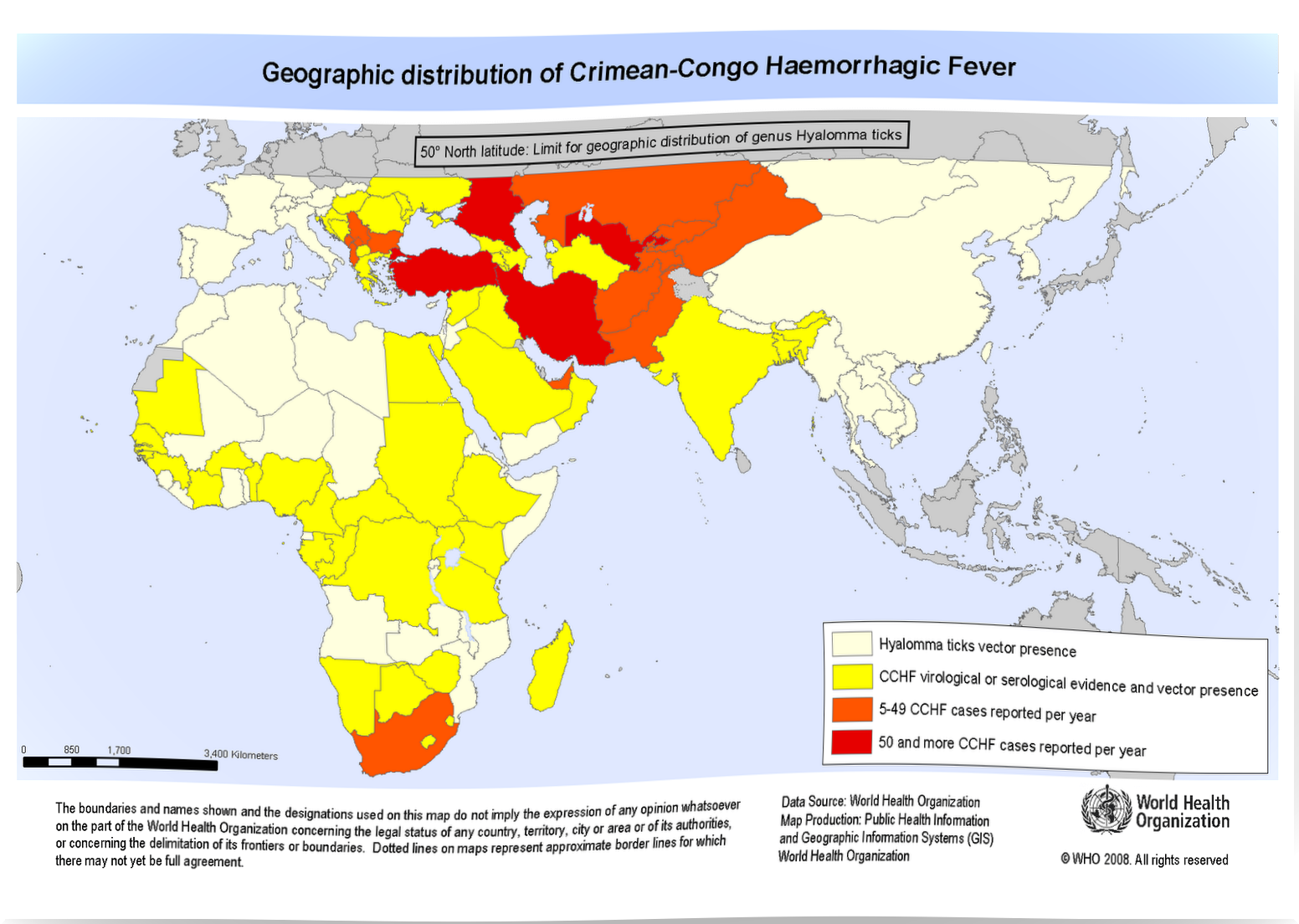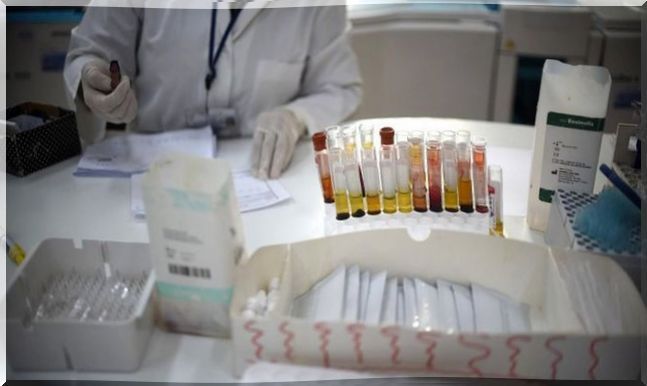Crimean-Congo Hemorrhagic Fever Reaches Spain
The death of a 62-year-old man in Madrid (Spain) on August 25, 2016 from Crimean-Congo hemorrhagic fever (CCHF) has triggered all the alarms.
The news reached the media to suddenly reveal a disease that almost no one had heard of.
However, the Crimean-Congo hemorrhagic fever is not new and had already appeared before in Spain.
It is caused by a virus and has a high mortality but, for our peace of mind, it must be said that the risk of contagion is quite low.
Today, we have one more infected: the nurse who treated this patient is also in serious condition and isolated in a special unit to treat this disease transmitted by a tick.
Despite the shocking news, the experts invite us to calm down. Although many have compared this infection to Ebola, do not go to these unfounded extremes.
First of all, and for our peace of mind, it is necessary to remember that one thing has nothing to do with the other. The most important thing in these cases is to have all the information at our fingertips to know what to expect.
Here are the main facts about Crimean-Congo hemorrhagic fever.
What is Crimean-Congo hemorrhagic fever?
The World Health Organization (WHO) itself defines it as a type of hemorrhagic and viral fever that has a fatality rate that can reach up to 40%.

We recommend that you also read “Zika virus, 10 aspects that you should take into account”
- It is a type of disease caused by a virus from the Bunyaviridae family .
- It is transmitted through ticks, mosquitoes, rodents or also if we are in direct contact with livestock.
- Between people it can only be spread as long as there is direct contact with blood, secretions or other body fluids of the infected.
Thus, respiratory infection is ruled out: it is not transmitted through the air, but through fluids. This information explains why the nurse who treated the infected patient was infected with the hemorrhagic fever virus.
- Crimean-Congo hemorrhagic fever is endemic in Africa, the Balkans, the Middle East, and Asia.
It is usually common in all those countries located below 50 degrees north latitude.
What symptoms do you have?
After being bitten by a tick or after touching the blood of an infected animal or other fluids, it goes through an incubation period of 3 days.
- This is followed by fatigue and muscle pain, headache, dizziness, stiff neck, sensitivity to light …
- Hepatomegaly also usually appears, as well as swollen lymph nodes, bleeding, high fever, confusion …
Mortality, as we have previously indicated, does not reach 40%. Death occurs in the second week, but those who improve already show positive symptoms on the ninth day.
Unfortunately, today there is no treatment to reverse the disease. However, the disease develops in very few cases.

Should I be worried?
The answer is no. As the experts tell us, Crimean-Congo hemorrhagic fever is not spread so easily and, furthermore, it is not the first time it has appeared in Spain.
- The pathogen was previously identified in the ticks of a deer population in 2011, in Cáceres.
- Now, we must bear in mind that the disease only develops in people, not in animals (therefore, we would not see visible symptoms in deer, cows, pigs, rats … etc)
- Therefore, the population that is most exposed to hemorrhagic fever is those that work in direct contact with livestock.
- However, given the veterinary controls that exist on farms, it is not common for this virus to spread.
None of us are usually in direct contact with bodily secretions and excretions. The greatest risk is, without a doubt, health professionals and those who work on farms, slaughterhouses …
We must remain calm and simply stay informed.
How could the virus reach Spain?
From the Carlos III Hospital in Madrid, where they treat the affected nurse, they explain that these viruses are already a daily risk that we have to assume.
International travel, the importation of animals and this world so interconnected in terms of people and goods create a scenario where pathogens and infectious agents from other countries move more easily.

However, the medical authorities are prepared. At present, all medical protocols have been followed and 190 people with whom these patients have been in contact are being monitored.
Can Crimean-Congo hemorrhagic fever be treated?
As we pointed out at the beginning, there is no vaccine for this virus. However, it can be treated.
- Doctors are using the antiviral ribavirin to treat the infection, and the results are highly satisfactory.
If the first patient died, it could be due to his previous state of health or to a more vulnerable immune system. For our part, we invite you to remain calm, not to be afraid and to stay informed.









